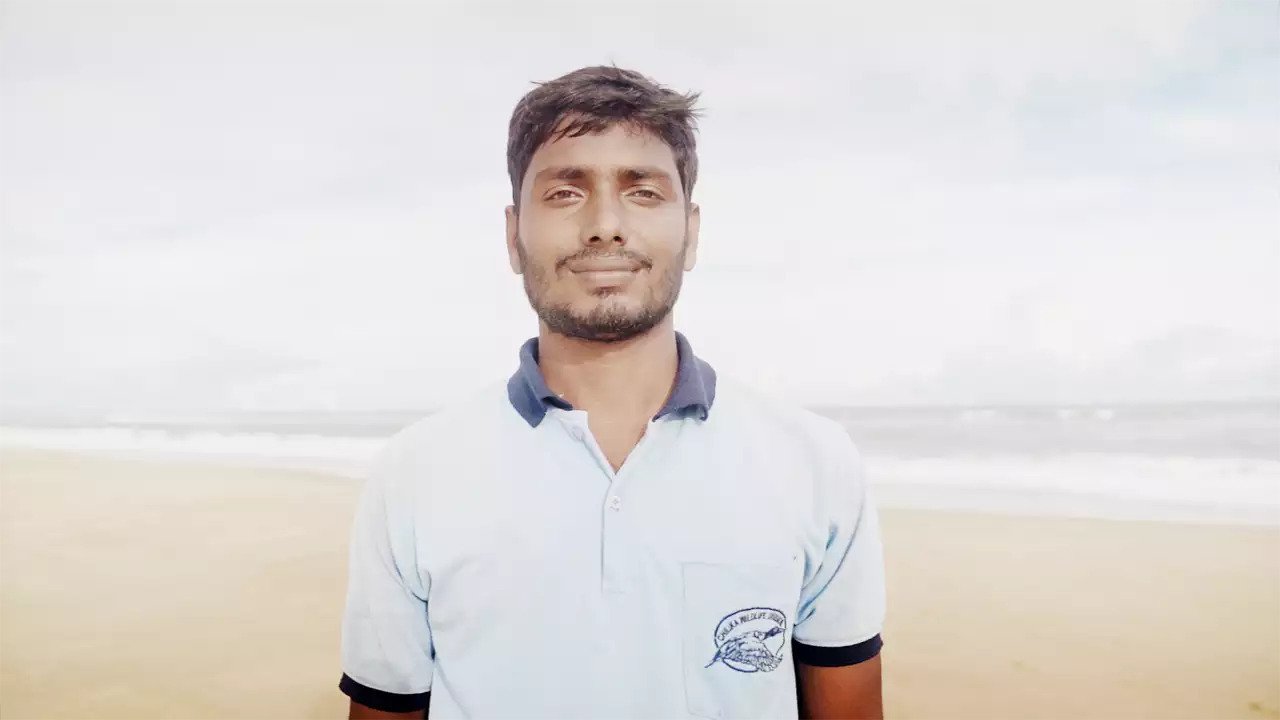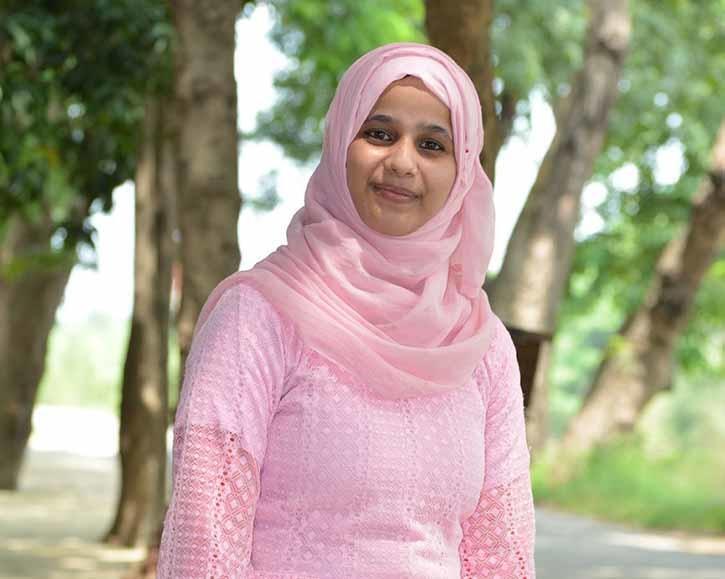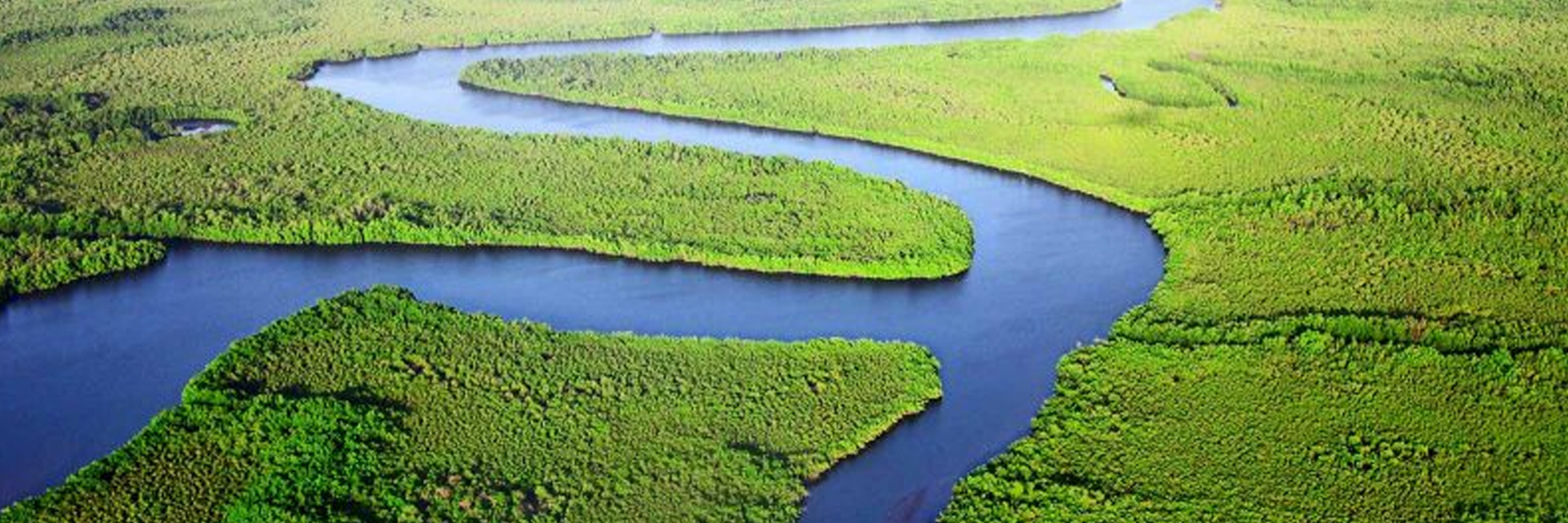(February 21, 2023) The climate change sweeping the world is occurring at a faster pace than previously thought, making it imperative that governments act now to reverse the damage being done to the planet. According to a study by United Nations Environment Programme (UNEP), over the last few decades, the exploitation of our planet and the degradation of our environment has gone up at an alarming rate. With several natural disasters striking us more often in the form of flash floods, earthquakes, blizzards, tsunamis, and cyclones, many environmentalists have positioned themselves as advocates of sustainability, determined to meet the climate crisis at humanity’s doorstep.
Global Indian takes a look at young Indians, who have been working on protecting this planet. Through their sustainability efforts across fashion, water conservation, waste management, education, policymaking, and sustainable energy, these young environmentalists inspire and impact thousands of people around the globe.
Sneha Shahi, reviving rivers
As a young child, environmentalist Sneha Shahi would visit the northeastern region of India, almost every summer, where her father was stationed. And that’s when she fell in love with nature. Growing up in Vadodara, Gujarat, Sneha was always a girl who showed a keen interest in environmental activities. Today, a Ph.D. scholar at the Ashoka Trust for Research in Ecology and the Environment, Bengaluru, Sneha is among the 17 UN Young Climate Champions from India.
“Since we were in school, we have been learning how plastic waste and its irresponsible disposal harm our flora, fauna, and land water systems. While we are taught about it, most people do not do anything to reduce the impact,” shared the activist, who removed about 700 kg of waste from a natural rivulet that people thought to be a gutter.
Currently pursuing her Ph.D. in Extreme Hydrological Events at ATREE, Bengaluru, Sneha is gearing up to work on the restoration of the only perennial river in Tamil Nadu, Thamirabarani. “It has been only six months since I started the programme here and the project is still getting developed. The objectives currently are to restore this beautiful river, Thamirabarani, which is about 128 km long,” shares Sneha, adding, “It supports drinking water and agricultural activities. We do not just want to install physical instruments to control pollution, but also create awareness about the pollution and change their mindset,” shared the environmentalist.
Sagarika Sriram, climate change activist
A young 17-year-old took centre stage while top leaders from across the world gathered to discuss how they can save our planet from the changing climatic conditions at COP27, held in Egypt. Addressing her audience, the young environment activist, Sagarika Sriram, pointed out the youth’s perspective on sustainability and how youngsters can have their voices heard. Stressing how awareness must be raised in schools, her closing remarks pushed for the youth around the world to be heard when it comes to their sustainable goals, ending her speech to thunderous applause from the audience.

Called an “inspiration to all young girls in her country and West Asia” by the U.N. Environment Programme, the Dubai-based Indian ex-pat has been able to inspire and motivate numerous kids to join the movement for a cleaner and healthier future for all. Her digital platform Kids for a Better World, which the young environment activist created in 2016 as a school project, has brought together nearly 100,000 young kids from around the globe who too want to fight climate change.
The environmentalist who has organised numerous local clean-up drives and workshops for kids believes that young people have to stand for the cause to prevent the impact of climate change. “I want to make a real change and contribute towards helping the planet revive. I just finished my final examinations and want to take a year’s break to concentrate on the 2023 UN Climate Change Conference, COP 28, which will take place in the UAE,” she shared.
Soumya Ranjan Biswal, marine conservation
Mangroves might appear to be merely coastal forests, but these rich ecosystems support the planet and living being in many ways. From providing breeding grounds for fish to carbon storage, and protection against flooding mangroves does it all. However, despite its importance, the mangrove forests are under threat. Odisha-based, 24-year-old environmentalist Soumya Ranjan Biswal has been voluntarily growing intending to regenerate the mangrove forests along the 18-km-long beach stretch for the last few years. Locally called Rai, Harakancha, Sundari, Bani, Guan, and Keruan, these plants are integral to the coastal habitat and livelihood of local fishermen.


The youngster is also working tirelessly to protect the threatened habitat of Olive Ridley turtles. From making sure eggs of the endangered species are protected from predators like dogs, jackals, and other animals, taking out cycle rallies to spread awareness among coastal inhabitants for the safety of the sea turtles to cleaning the beaches for the release of hatchlings, Soumya, fondly called Olly Boy has been doing it all. When the Odisha government agreed to have the Olive Ridley sea turtle as the mascot for the 2018 Hockey World Cup, that was when the young environmentalist decided to hold their historic one-month-long cycle expedition, paddling through coastal pockets of Rushikulya, Puri, Chilika, Jagatsinghpur, Kendrapara, Bhadrak, and Balasore to create awareness about the protection of the turtles.
While Olive Ridleys are close to Soumya, he has also been working for the cause of sparrows, reviving dry water bodies in forests and keeping beaches plastic-free. “As a coastal village boy, I’ve always been affected by ocean and beach pollution, high mortality rates of the Olive Ridley Sea Turtle, and mangrove destruction which have resulted in the occurrence of consistent natural calamities. This made me feel more strongly about issues like environmental degradation, climate change, and its impact on the marine ecosystem.” Soumya had said during an earlier interview. Soumya was part of the “We The Change” campaign initiated by the United Nations in India.
Hina Saifi, clean air and renewable energy activist
Working with NGOs within her village in Meerut, Hina Saifi started to work on climate awareness after noting a lack of environmental awareness in her polluted village of Sisosla. From campaigning for solar-powered solutions to mobilising local communities to tackle air pollution through public campaigns, call for action, and pamphlets, Hina has been associated with the 100% Uttar Pradesh Campaign and The Climate Agenda since 2018.


“I believe that if there’s public awareness first, then we can improve the environment. It will happen if people are aware of climate-friendly behaviours and actions. This is why I want to work in the space of public awareness and mobilization.” Hina advocated during a press interaction. After she launched ‘Suraj Se Samriddhi’, a campaign to raise awareness about the benefits of solar power, Hina was selected as the United Nation Young Environment Champion last year.
Berjis Driver, sustainable urban planner
An urban planner and associate member of the Institute of Town Planners India, Berjis Driver is working with the government authorities to reduce disparities, and improve accessibility and quality of life in cities. Berjis’ expertise in environmental planning was important in understanding the relationship between Mumbai’s infrastructure and its environment. As an architect, he has been contributing to statutory urban policy and guideline preparation in Mumbai and Amravati.


A UN Youth Environment Champion, Berjis advocates that the urban cities’ environment has been disconnected from the ecosystem. The norms on a per capita basis track back to the 60s and 70s and are not relevant to India today. He has been working to implement the basic benchmarks for green infrastructure, with rigorous control, in every city. “The promise of being able to reach out and scale up climate action, to learn the truth behind the origins and contexts of sustainability, help navigate it favourably, and to be able to safeguard the weakest in the face of climate change, is what continues to motivate me in this journey,” Berjis has shared during an interview.



